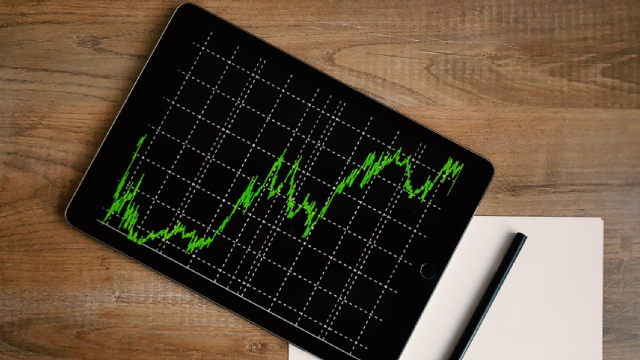EWJ Stock Recent News
EWJ LATEST HEADLINES
“This is a massive agreement — a great deal for everybody,” Trump boasted when the pact was first announced.
President Donald Trump gave Japanese automakers some relief by cutting his high U.S. tariffs on their vehicles, but the reduced levies still mean big pain for Japan's smaller car companies, which will stay under pressure in the crucial market.
CNBC's Megan Cassella reports on an executive order President Trump signed on Thursday that implements a baseline 15% tariff on nearly all imports from Japan.
CNBC's Megan Cassella with the latest on tariffs out of Washington.
Japan's top trade negotiator abruptly canceled a trip to Washington aimed at issuing a joint statement on a tariffs deal with the Trump administration, as a top government spokesman urged the U.S. side to speed up implementation of the agreement.Trade envoy Ryosei Akazawa was scheduled to leave Tokyo for Washington D.C. on Thursday for a 10th round of talks, following up on the agreement announced on July 22.But Chief Cabinet Secretary Yoshimasa Hayashi told reporters some details required further consultations, so the trip was postponed.In July, the two sides agreed on a 15% tax on imports of most Japanese goods, effective August 1, down from an earlier 25% rate announced by President Donald Trump as so-called “reciprocal tariffs” on the major U.S. ally.
Nikkei 225's rally, fueled by U.S. rate cut hopes, trade truces, and Japan's pro-investment policies, is boosting demand for Japan-focused ETFs like EWJ and JPXN.
Japanese shares surged on Friday after positive earnings reports and expectations the U.S. would remove overlapping tariffs on the country's goods, while shares were down in other Asian markets after a late retreat on Wall Street during the previous session.
The Nikkei 225 is on a larger uptrend, but secure trade deals will ensure investors are upbeat about the import-focused Japanese economy.
Japan's leading trade negotiator said on Tuesday that the trade deal Tokyo agreed with the United States last week guarantees Japan will always receive the lowest tariff rate on chips and pharmaceuticals of all the pacts negotiated by Washington.
Japan's central bank policymakers are expected to keep rates on hold this week, despite the trade deal with the U.S. relieving some uncertainty over tariffs and strengthening the case for tighter policy.







